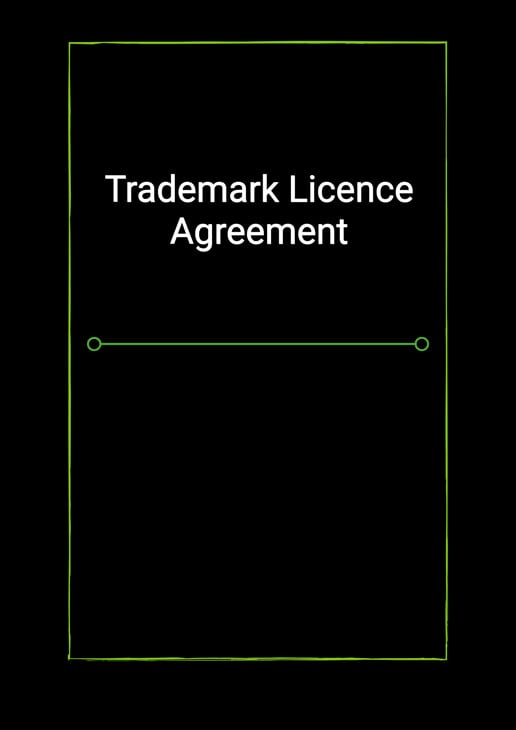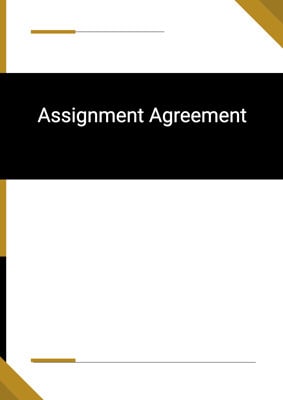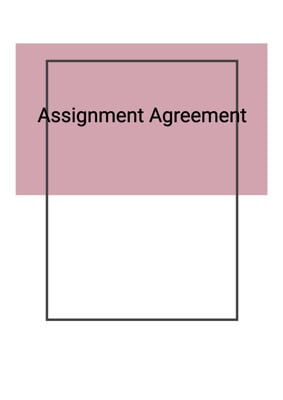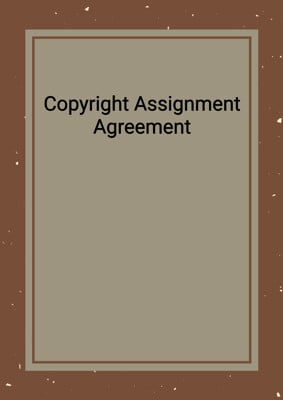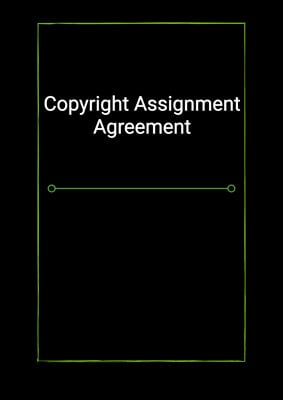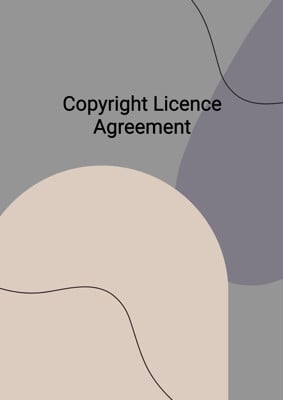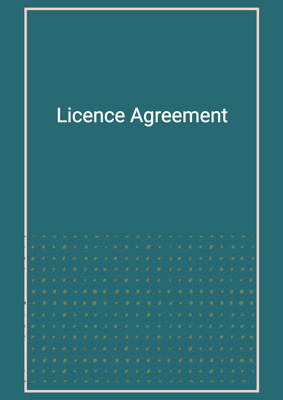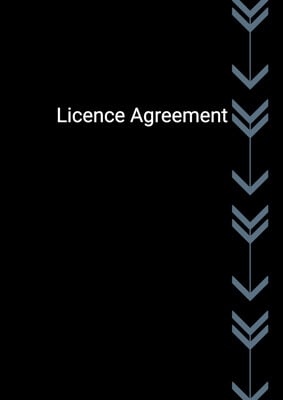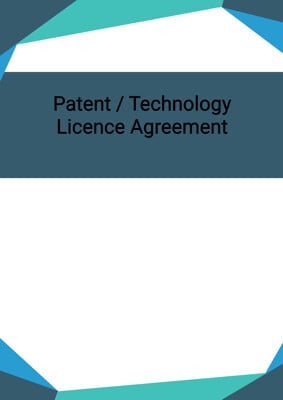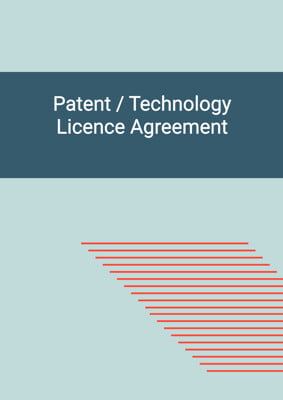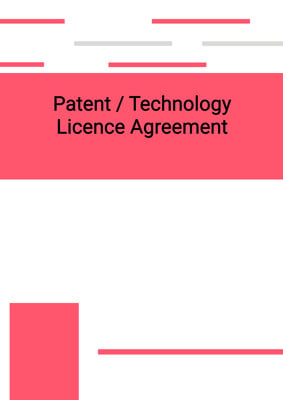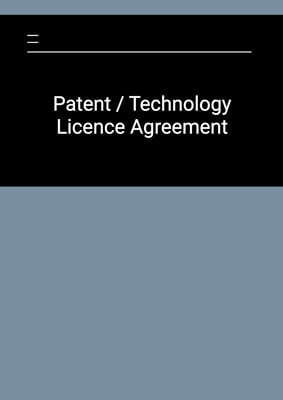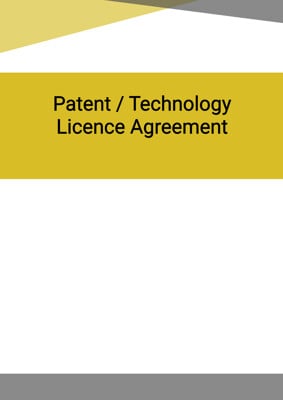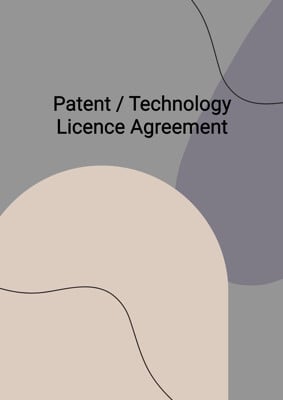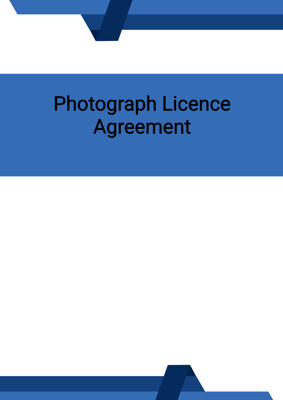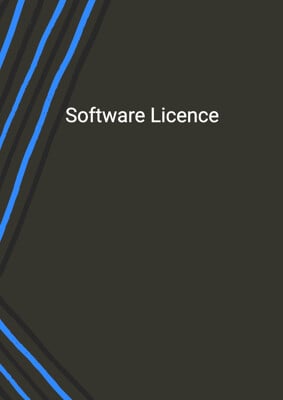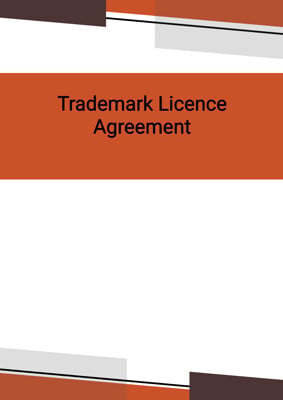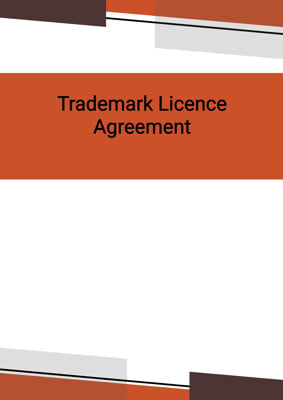How to Tailor the Document for Your Need?
01
Create Document
Fill in the details of the parties. You can click the "Fill with Member’s Information" button to complete it with information saved to your account.
02
Fill Information
Please fill in any additional information by following the step-by-step guide on the left hand side of the preview document and click the "Next" button.
03
Get Document
When you are done, click the "Get Document" button and you can download the document in Word or PDF format.
04
Review Document
Please get all parties to review the document carefully and make any final modifications to ensure that the details are correct before signing the document.
Document Preview
Document Description
The Trademark Licence Agreement is a legal document that grants the licensee the right to use the licensor's trademarks. The agreement is entered into between the licensor, who is the owner of the trademarks, and the licensee, who wishes to use the trademarks. The agreement highlights the importance of the document by emphasizing the ownership of the trademarks and the licensor's willingness to grant the licensee a license to use them.
The document begins with an interpretation section, which defines key terms used throughout the agreement. It clarifies the meanings of expressions such as brand guidelines, business day, exclusive, licensed products, non-exclusive, net sales, royalty, sole, territory, term, trademark office, and trademarks.
The grant of license section specifies that the licensor grants the licensee a license to use the trademarks on or in relation to the licensed products or services in the specified territory. It also clarifies that the licensee does not have the right to sub-license the trademarks. The section further explains that the license granted by the licensor only covers the unregistered right, title, and interest in the trademarks in territories where the licensor has not registered them.
The maintenance of trademarks section states that the licensor is responsible for maintaining registrations for the trademarks in the territory, with the licensee providing necessary assistance. It also mentions that the licensee should provide evidence of its use of the trademarks to support the licensor's maintenance efforts.
The payment section outlines the royalty payment terms. It specifies the frequency of royalty payments, the calculation of royalties, and the licensee's obligation to provide a written statement detailing the calculation of royalties. The section also mentions the licensee's responsibility to keep accurate records of sales and allows the licensor to inspect or audit these records.
The conditions of use section sets out various obligations for the licensee. These include ensuring compliance with quality standards, using the trademarks in accordance with brand guidelines or licensor's directions, not combining the trademarks with other marks, including certain information on materials featuring the trademarks, and not using or registering similar trademarks or trade names without the licensor's consent.
The approval and inspection section requires the licensee to seek the licensor's approval before using any products or materials featuring the trademarks. It also grants the licensor the right to inspect the licensee's premises and materials to ensure compliance with obligations. The licensee is further required to report complaints and follow the licensor's directions in handling them.
The ownership section clarifies that the licensor retains exclusive ownership of the trademarks and that the licensee does not acquire any rights, title, or interest in the trademarks except for the rights granted under the agreement. It also states that any goodwill arising from the use of the trademarks belongs to the licensor.
The infringement section requires the licensee to promptly notify the licensor of any actual or suspected infringement of the trademarks or any other claims or attacks against the trademarks. It grants the licensor exclusive control over any resulting claims, actions, or proceedings and requires the licensee to provide necessary assistance.
The confidential information section imposes obligations on both parties to keep the terms of the agreement and any confidential information disclosed by the other party confidential. It specifies exceptions to this obligation, such as disclosures required by law or to perform obligations under the agreement.
The indemnity section requires the licensee to indemnify the licensor against any loss, liability, or cost resulting from a breach of its obligations under the agreement.
The duration of the agreement section specifies the commencement and termination dates of the agreement. It outlines different scenarios for fixed term, continuing term, and renewable term agreements.
The termination section allows the licensor to terminate the agreement by giving prior written notice or with immediate effect in certain circumstances. It also outlines the consequences of termination, including the cessation of the license and the return or destruction of materials featuring the trademarks.
The agreement also includes sections on assignment and other dealings, resolving disputes, notices and service, waivers, remedies cumulative, amendment, severability, force majeure, entire agreement, legal relationship, no rights under contracts for third parties, governing law and jurisdiction, and counterparts.
Overall, the Trademark Licence Agreement is a comprehensive document that covers all aspects of the license granted by the licensor to the licensee. It ensures clarity and protection for both parties involved.
How to use this document?
1. Review the agreement: Familiarize yourself with the terms and conditions of the Trademark Licence Agreement.
2. Identify the parties: Ensure that the correct names and addresses of the licensor and licensee are entered in the agreement.
3. Understand the trademarks: Review the schedule attached to the agreement to identify the registered trademarks and applications.
4. Determine the license type: Determine whether the license is exclusive, non-exclusive, or sole, as it affects the licensee's rights and the licensor's ability to grant similar licenses to others.
5. Specify the territory: Clearly define the territory in which the licensee is granted the right to use the trademarks.
6. Comply with brand guidelines: If applicable, adhere to the brand guidelines provided by the licensor when using the trademarks.
7. Use the trademarks correctly: Ensure that the trademarks are used in the approved form and manner specified in the agreement.
8. Include required information: Add the licensee's name, place of origin of goods, and appropriate trademark symbols on materials featuring the trademarks.
9. Seek licensor's approval: Obtain written approval from the licensor before using any products or materials featuring the trademarks.
10. Maintain records: Keep accurate records of sales and provide necessary information to the licensor for royalty calculations and audits.
11. Handle complaints: Report any complaints related to the licensed products or services to the licensor and follow their directions for resolution.
12. Protect the trademarks: Take necessary measures to prevent infringement of the trademarks and promptly notify the licensor of any potential infringements or claims.
13. Maintain confidentiality: Keep the terms of the agreement and any confidential information disclosed by the other party confidential, except as required by law or to perform obligations under the agreement.
14. Comply with termination provisions: Understand the circumstances under which the agreement can be terminated and the consequences of termination, including the cessation of the license and the return or destruction of materials featuring the trademarks.
15. Seek legal advice if needed: If you have any doubts or concerns about the agreement, consult with a legal professional to ensure compliance and protection of your rights.
Not the right document?
Don’t worry, we have thousands of documents for you to choose from:
